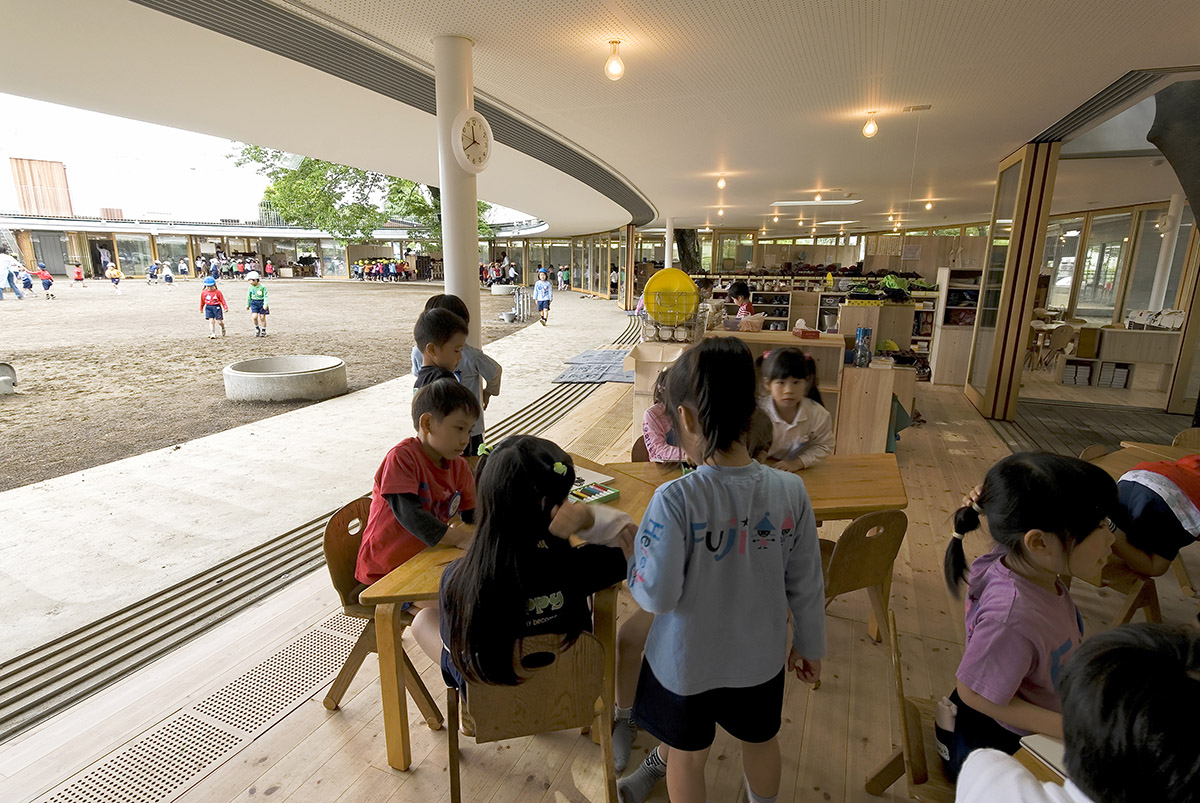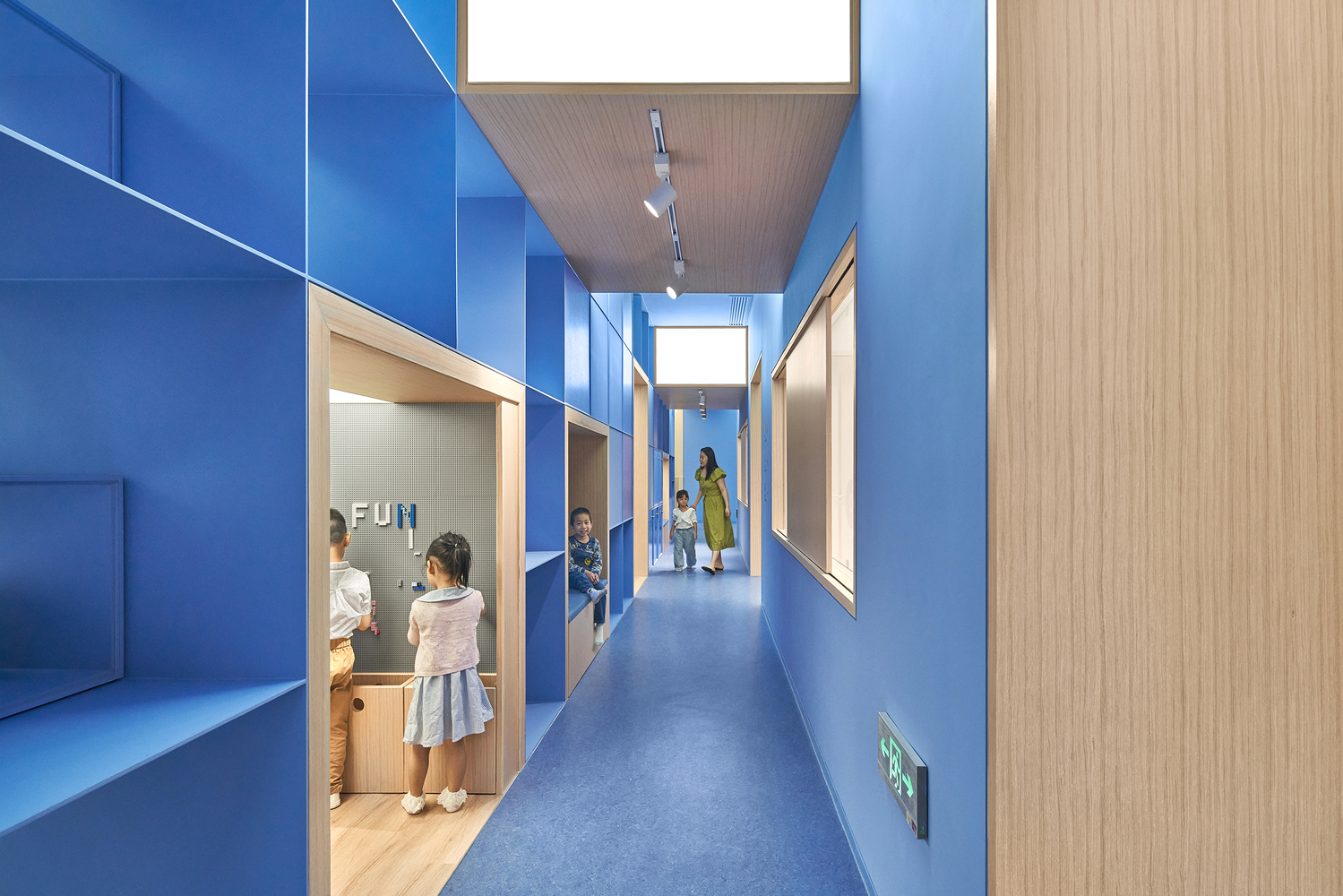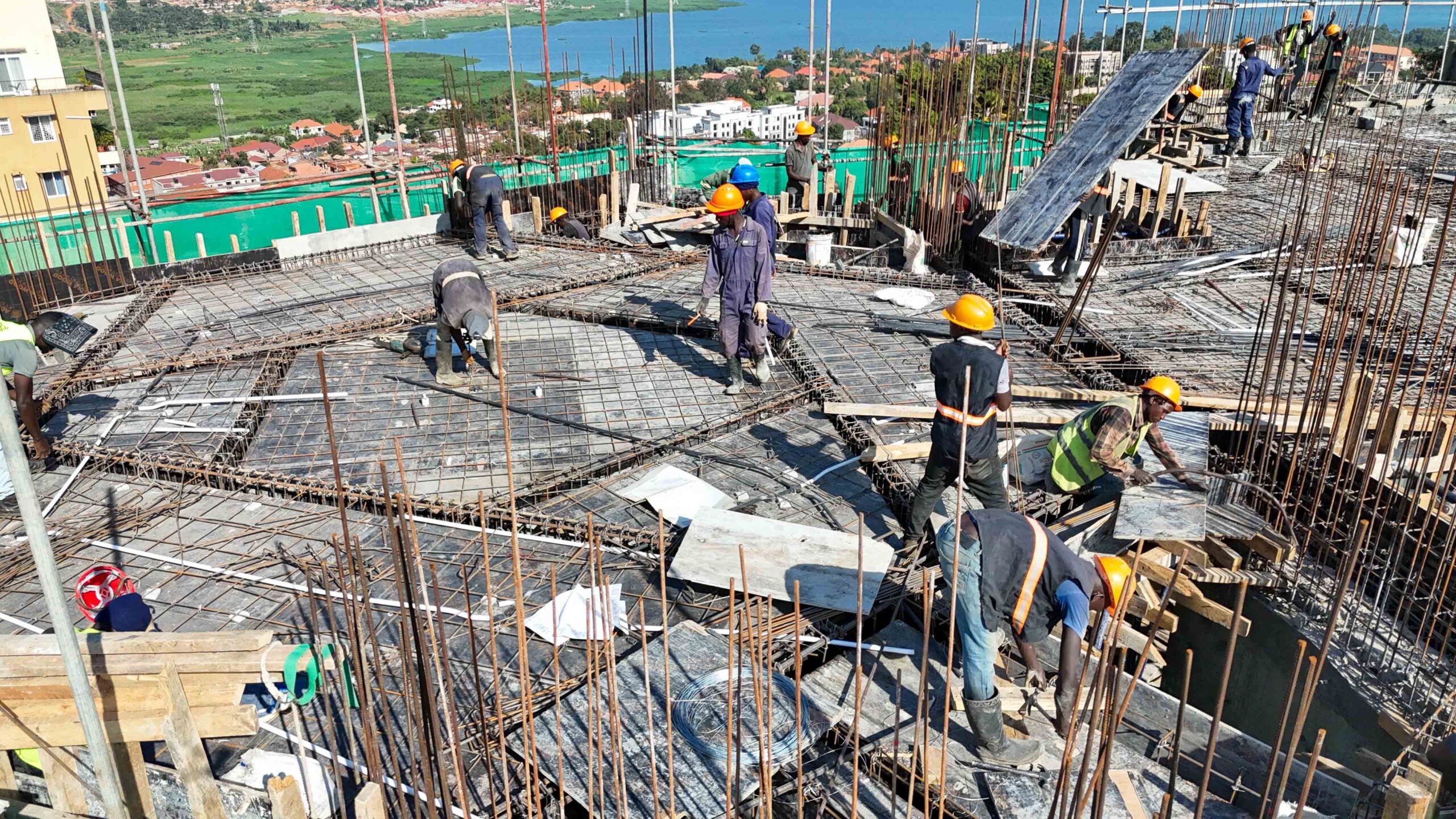Architecture significantly influences children’s psychological development, shaping their cognitive, emotional, and social growth. Thoughtfully designed environments can foster creativity, enhance learning, and provide psychological support during critical developmental stages. Understanding the interplay between architectural design and child psychology is essential for creating spaces that nurture and inspire young minds.

The Connection Between Architecture and Child Psychology
The built environment profoundly impacts children’s experiences and behaviors. Architects have the opportunity to design spaces that enrich children’s development during their formative years, providing not only functional areas but also psychological support. By unraveling the connection between psychology and architectural design, we can better understand the interrelationship between humans and their surroundings.
Child Development Stages and Architectural Design
Jean Piaget’s theory of cognitive development outlines distinct stages that children pass through as they grow:
- Sensorimotor Stage (Birth to 2 years): Children experience the world through movement and senses.
- Preoperational Stage (2 to 7 years): Development of language and symbolic thinking occurs.
- Concrete Operational Stage (7 to 11 years): Children begin to think logically about concrete events.
- Formal Operational Stage (12 years and up): Abstract and logical thinking develops.
Each stage presents unique psychological traits that should inform architectural design to create environments conducive to children’s growth.

Designing Child-Centered Spaces
A child-centered design approach considers the specific needs and behaviors of children:
- Safety and Adaptability: Spaces should be safe and adaptable to various activities, allowing children to explore and learn without unnecessary risks.
- Play Areas: Incorporating dedicated play areas encourages physical activity and social interaction, essential components of healthy development.
- Inclusivity: Designs should accommodate children with disabilities, ensuring accessibility and comfort for all users.
By focusing on these elements, architects can create environments that support and enhance children’s developmental needs.
The Role of Neuroarchitecture
Neuroarchitecture investigates how built environments affect our emotions and behaviors. Applying principles of neuroarchitecture can help design spaces that promote comfort and well-being, which is particularly important in environments frequented by children, such as schools and homes.

Therefore
Integrating child psychology into architectural design is crucial for creating spaces that foster healthy development. By understanding the psychological needs of children at various stages and applying this knowledge to design, architects can craft environments that not only meet functional requirements but also nurture and inspire young minds.




